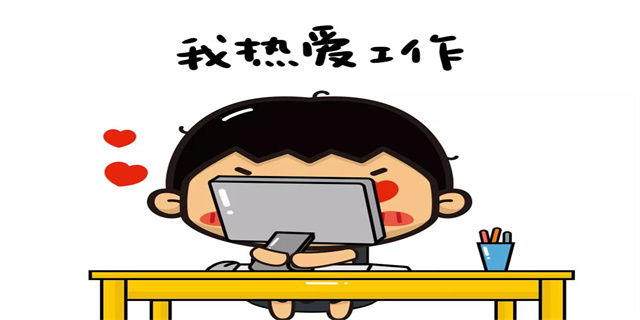Understanding and Managing Backorders
Introduction:
In today's highly competitive business environment, companies often face the challenge of dealing with backorders. A backorder occurs when a customer orders a product that is currently out of stock and the company cannot fulfill their order immediately. While backorders can be frustrating for both the company and the customer, they are a common occurrence in various industries. This article aims to provide a comprehensive understanding of backorders and offer insights into effective management strategies.

Types of Backorders:
There are two primary types of backorders: anticipated and unanticipated. Anticipated backorders are planned and expected when the demand for a product exceeds the available stock. This may happen during peak seasons, promotions, or product launches. On the other hand, unanticipated backorders are unplanned and occur due to issues such as manufacturing delays, supply chain disruptions, or unexpected spikes in demand. Recognizing the type of backorder is crucial for implementing appropriate management strategies.

Managing and Minimizing Backorders:
1. Effective Inventory Management:
An efficient inventory management system is essential for minimizing backorders. Companies should accurately forecast demand, monitor inventory levels regularly, and establish safety stocks to meet unexpected surges in demand. Utilizing advanced technology and automation can streamline inventory management processes and reduce the likelihood of stockouts. Additionally, close collaboration with suppliers and implementing just-in-time inventory practices can help minimize backorders caused by supply chain disruptions.
2. Real-time Communication:
Transparent and timely communication with customers is crucial when dealing with backorders. When a customer places an order for an out-of-stock item, promptly informing them about the backorder status and estimated delivery dates can help manage their expectations. Providing alternatives or offering discounts for delayed orders can also enhance customer satisfaction. Regular updates about the progress of backordered items can reduce customer anxiety and maintain their trust in the business.
3. Supplier Collaboration:
Building strong relationships with suppliers is essential for effectively managing backorders. Companies should actively communicate with their suppliers to gain visibility into their production schedules and potential disruptions. By understanding the supplier's capabilities, companies can plan better and proactively address any potential backorder situations. Collaborating with multiple suppliers or having backup suppliers can also mitigate the impact of unforeseen disruptions.
Conclusion:
In conclusion, backorders are an inevitable part of business operations. Understanding the different types of backorders and implementing appropriate management strategies can help companies navigate through these challenges effectively. By focusing on efficient inventory management, maintaining open communication with customers, and building strong supplier relationships, businesses can minimize the impact of backorders, improve customer satisfaction, and enhance overall operational efficiency.






